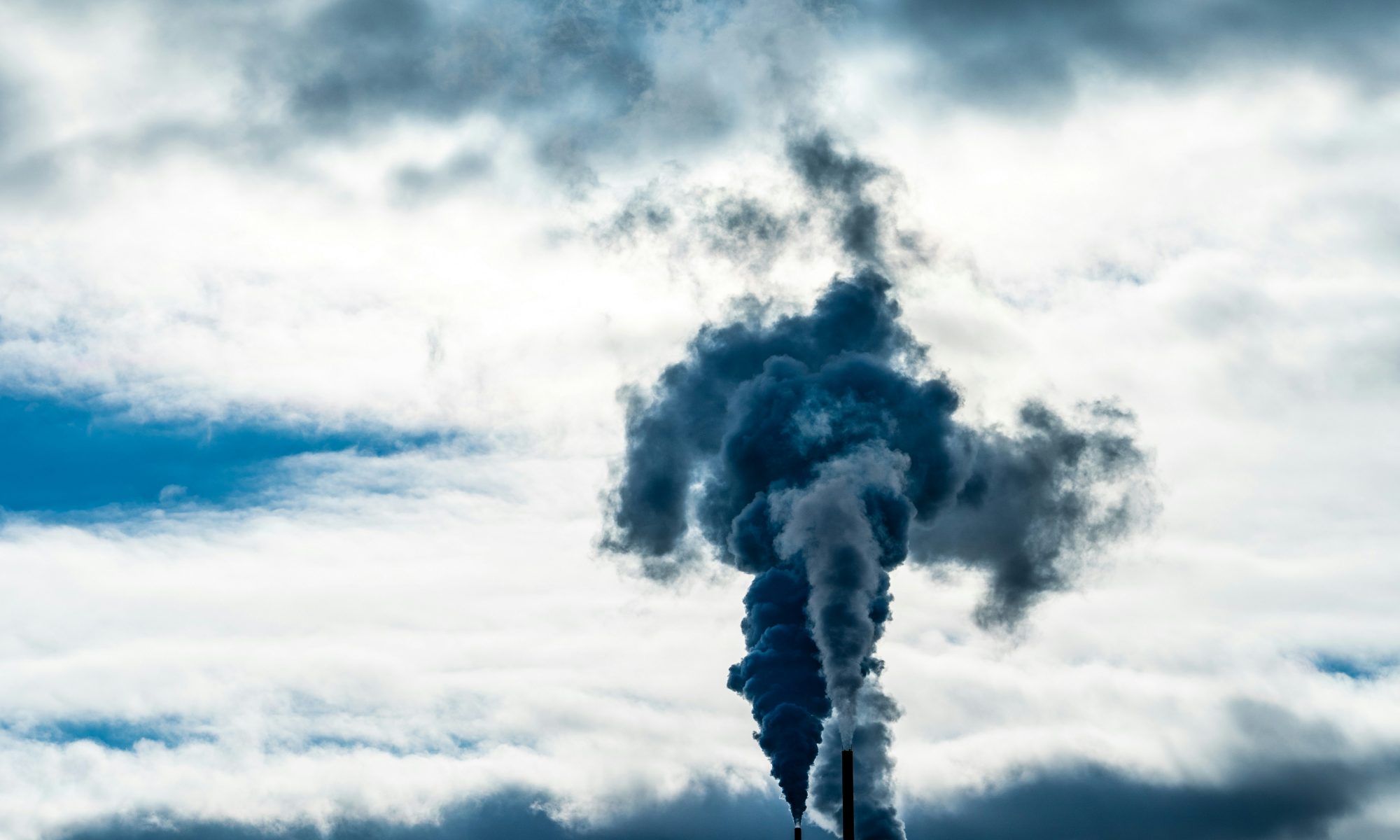Dhaka, one of the fastest-growing megacities in the world, is a place of constant movement, rapid expansion, and an ever-changing skyline. But beneath the rising high-rises and congested streets, something has been quietly disappearing—the city’s green spaces. Trees, parks, and natural buffers are being lost to unplanned urbanization, and with this loss comes a rise in something even more invisible yet dangerously present—air pollution.
In a innovative study, conducted at the NASA GeoAI Lab in the Department of Geography under the supervision of Dr. Jane Southworth, Mashoukur Rahaman and colleagues utilized Artificial Intelligence (AI), Machine Learning (ML), and Deep Learning (DL) to analyze the relationship between urban expansion, vegetation decline, and air pollution in Dhaka from 1990 to 2022.
The findings were striking—as the city expanded, air quality deteriorated, and green spaces diminished significantly. This research highlights the critical role of AI-driven geospatial analysis in understanding the environmental impacts of rapid urbanization and informing sustainable urban planning strategies.
Mapping vegetation changes
Using remotely sensed satellite images, the researchers trained deep learning models (Unet, Unet++, MAnet, and Linknet) to map how vegetation changed over time, while machine learning models (XGBoost, SVM, and Random Forest) pinpointed areas with the highest levels of air pollution. The findings confirmed what many residents have long suspected: as pollution levels rose, the city’s greenery declined sharply.
But the study went beyond local observations. It revealed a hidden force at play—transboundary air pollution. Dhaka’s air quality is not only shaped by its own emissions but also influenced by pollution drifting in from neighboring regions. This complicates efforts to clean the air, as solutions must extend beyond city limits.
The need for smarter urban planning
The implications of these findings are profound. Without intervention, Dhaka risks becoming a concrete jungle with worsening health conditions for its 20 million residents. But there is hope. The research highlights the urgent need for smarter urban planning, where green infrastructure—parks, rooftop gardens, and tree-lined streets—can act as natural filters against air pollution.
AI is not just predicting the future—it is showing the cost of inaction. With the power of machine learning and deep learning, policymakers now have the tools to track and mitigate environmental decline in real time. The next step? Turning data into action—ensuring that Dhaka, and cities like it, don’t lose the very green spaces that make them livable.
Rahaman, M., Southworth, J., Amanambu, A. C., Tefera, B. B., Alruzuq, A., Safaei, M., Hasan, M. & Smith, A. C. Combining deep learning and machine learning techniques to track air pollution in relation with vegetation cover through remote sensing data. Journal of Environmental Management, 376.
